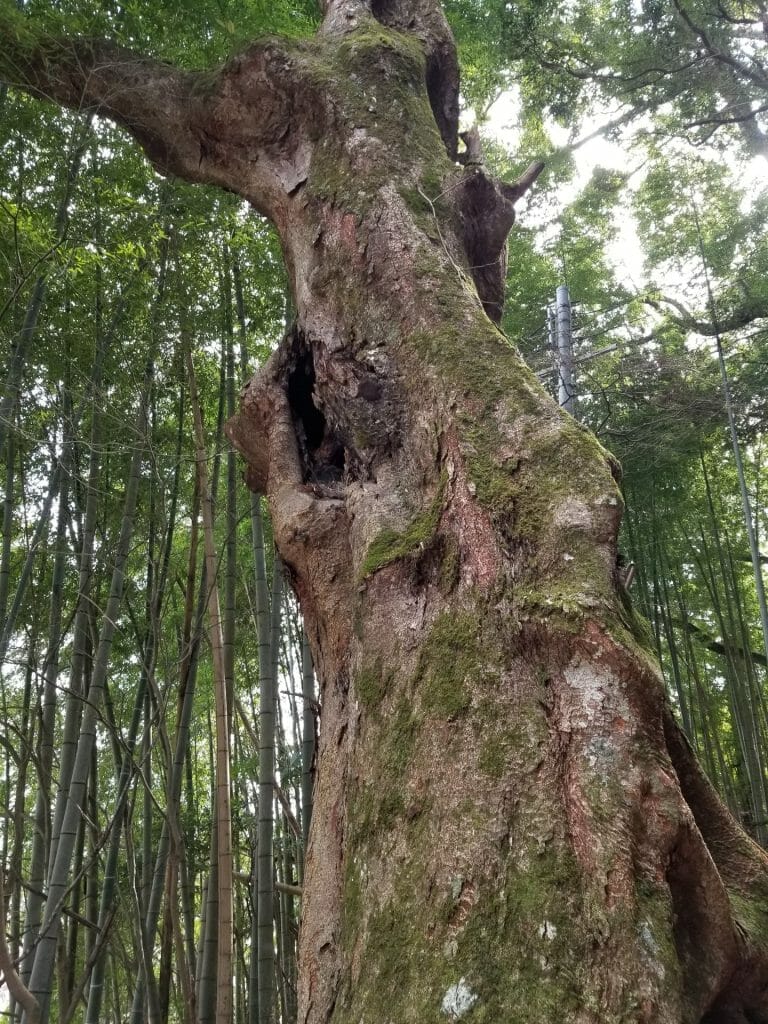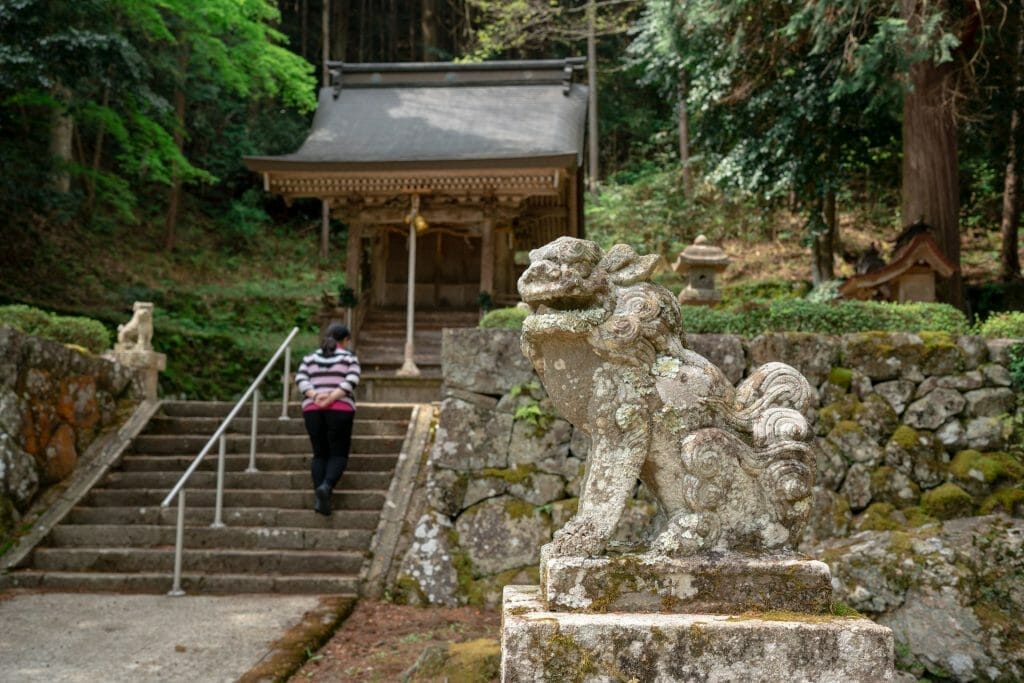A Walk in the Countryside of Oyama District – Part 2

Residence of Buryo Nishio
Buryo Nishio, was born in 1766, the head of the Nishio family. He was famous for a Japanese style of poetry known as Haiku. His family ran a sake business that is now part of the Homeishuzo brand. The house includes the main house, tea room and storehouse. There are also Haiku documents and period furniture. This is a nationally registered tangible cultural property.
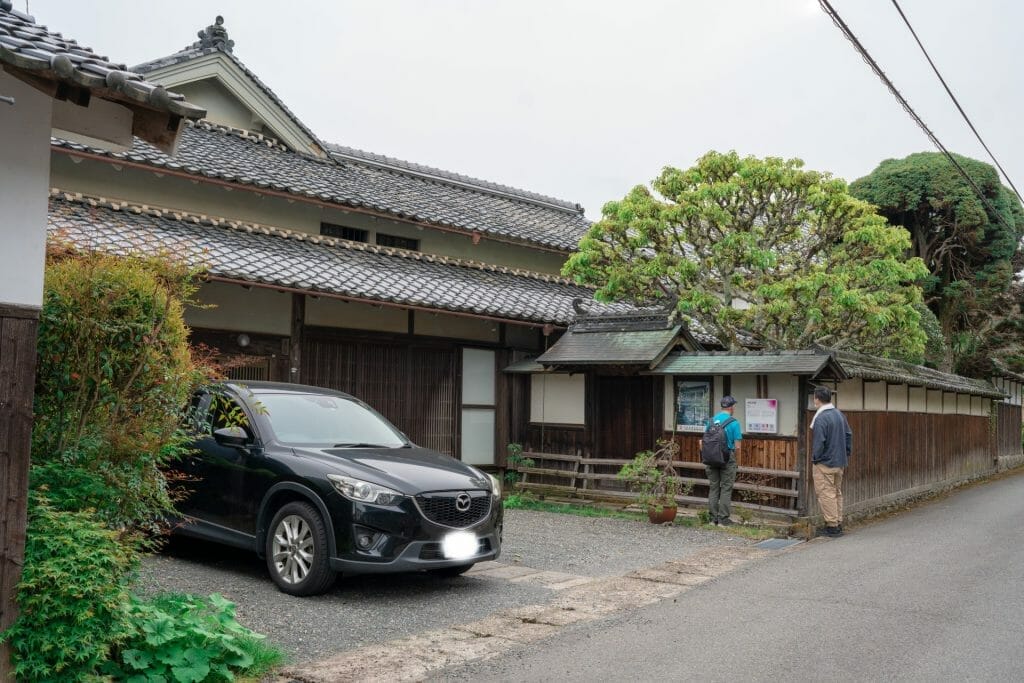
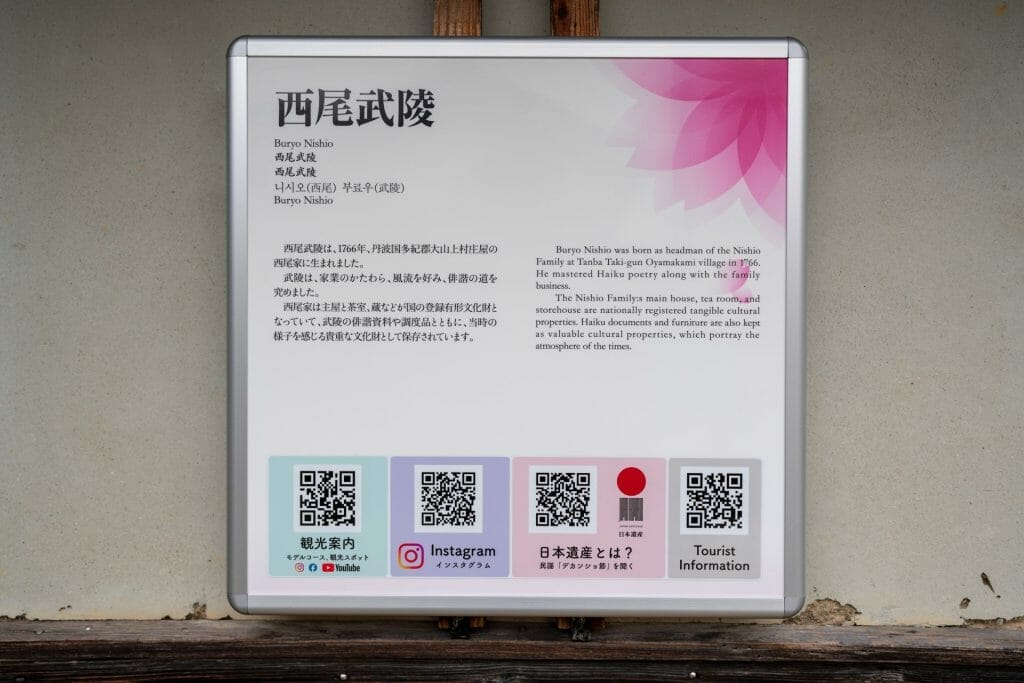
Mocca
Located in a very large, old timber building, dating from the 1800’s, that used to be the Lord of the area’s residence. Since 2020, it has been going through a major renovation and some interesting new projects have been initiated there.
There’s a ‘co-working space’, woodworking workshops with related projects, teacher and learning facilities available for hire. As well as private rooms/suites for overnight stays.

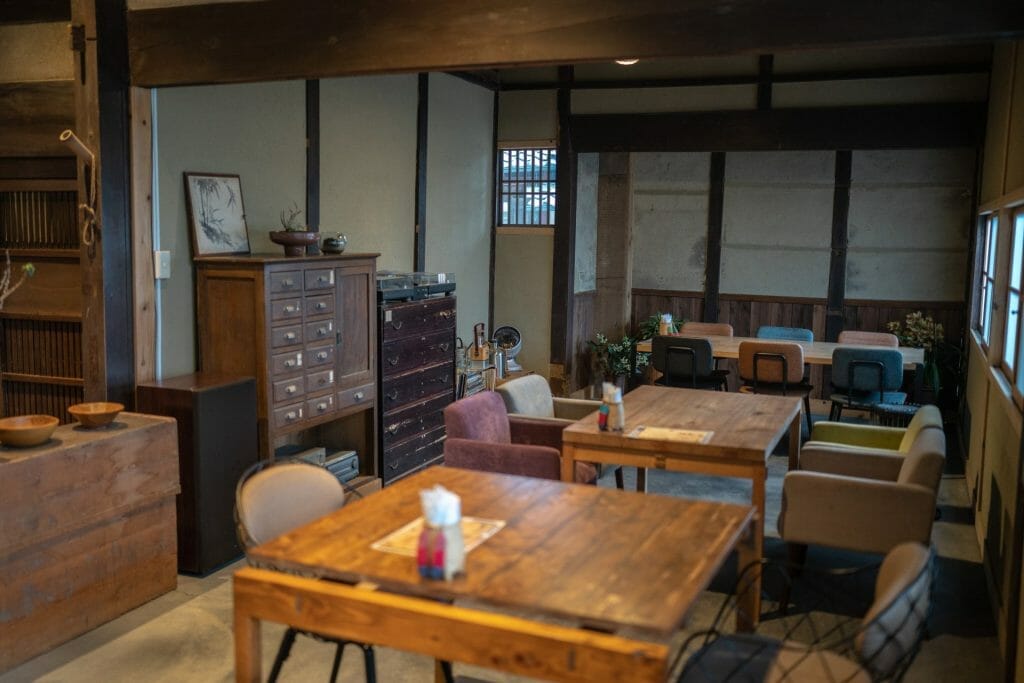
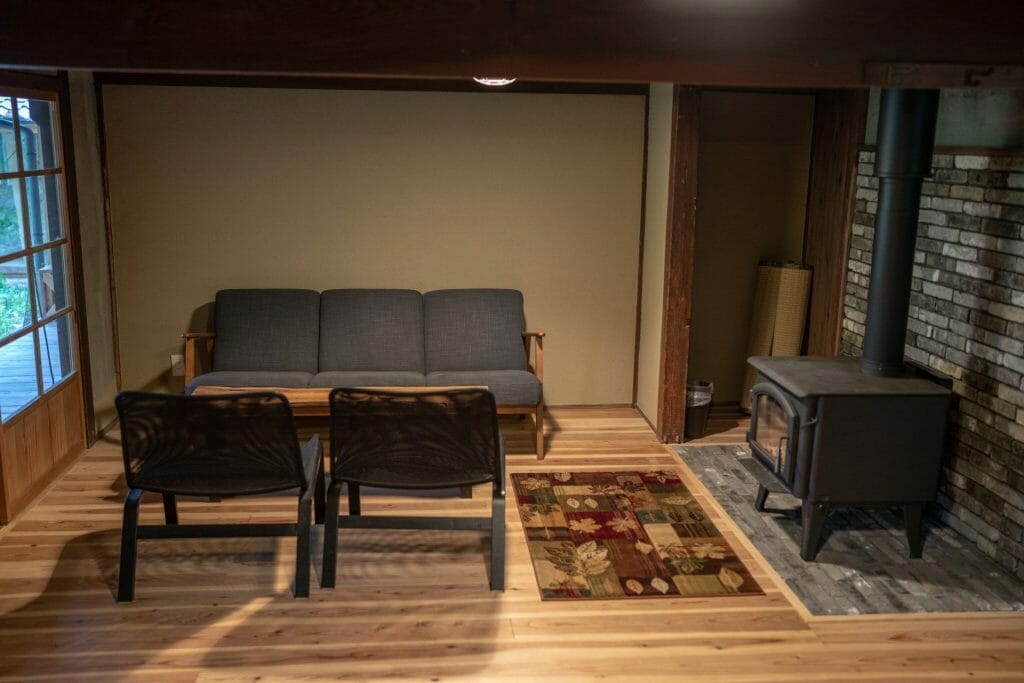
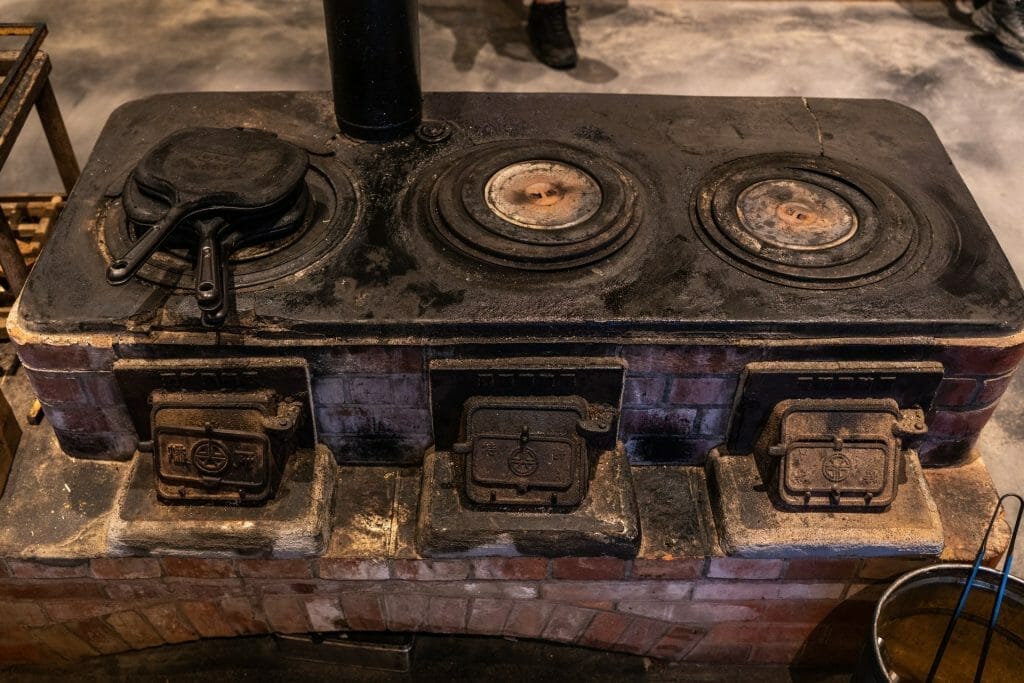
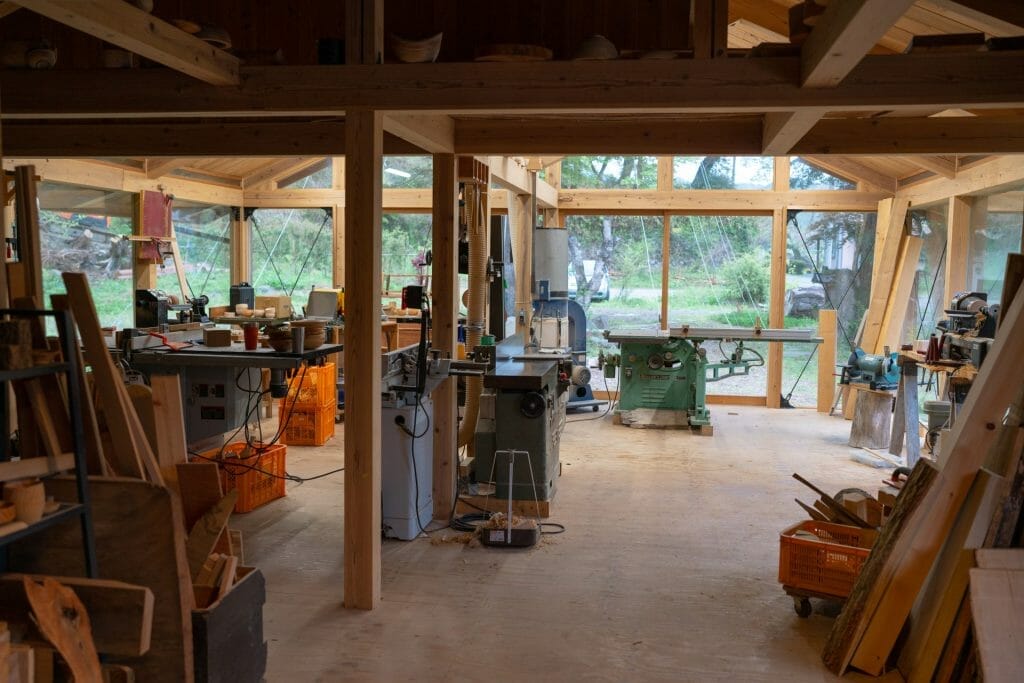
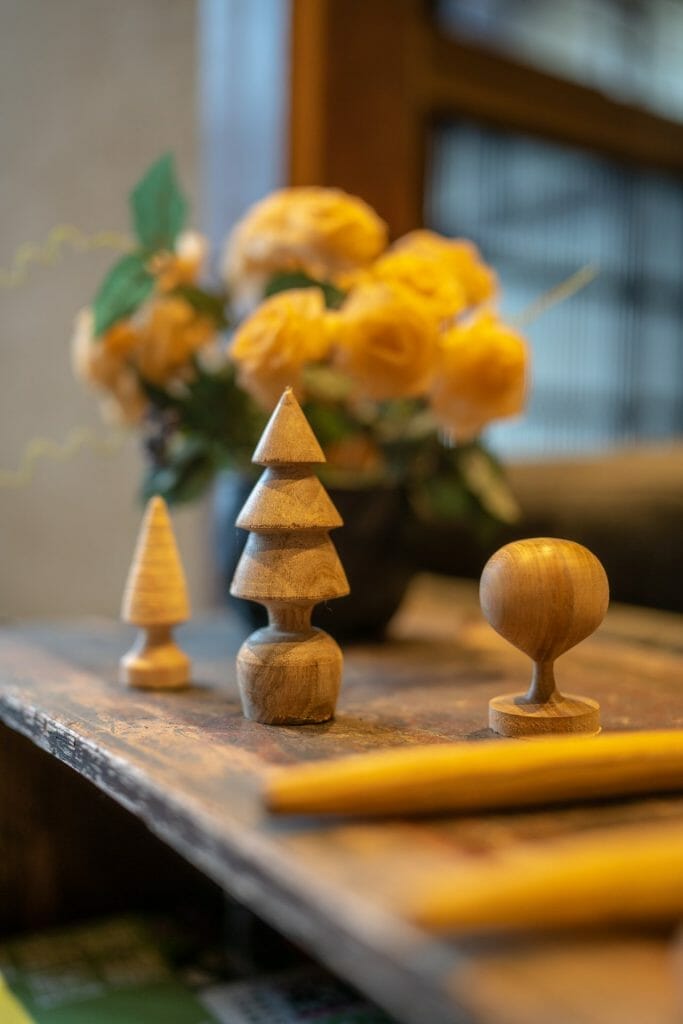
Oire village, Shrine and Tumulus
Oire village prospered as a post town on the San-Indo highway during the Edo period. The main function of the post towns was the transport of the rice tax that was levied all over Japan which was transported by porters to the capital city.
The stone burial chamber (a.k.a.Tumulus or kofun) was built in the late Kofun period (6th century AD). The main stone chamber is 11m long, the entrance room (the room where the casket was stored) is 7m long, and the width is 2.2m. The roof is made of single megalith rocks over 2m wide. Originally covered with earthen mounds, the rock structure is now exposed. There is a legend that says that the Machiura Tumulus became a hideout for bandits and scared the travelers who passed by.
At present, no burial mounds of the same period have been found in the surrounding area. It may have been intentionally built at the northern end of the Sasayama Basin in a way that marks the location as significant for transport, industry and also militarily.
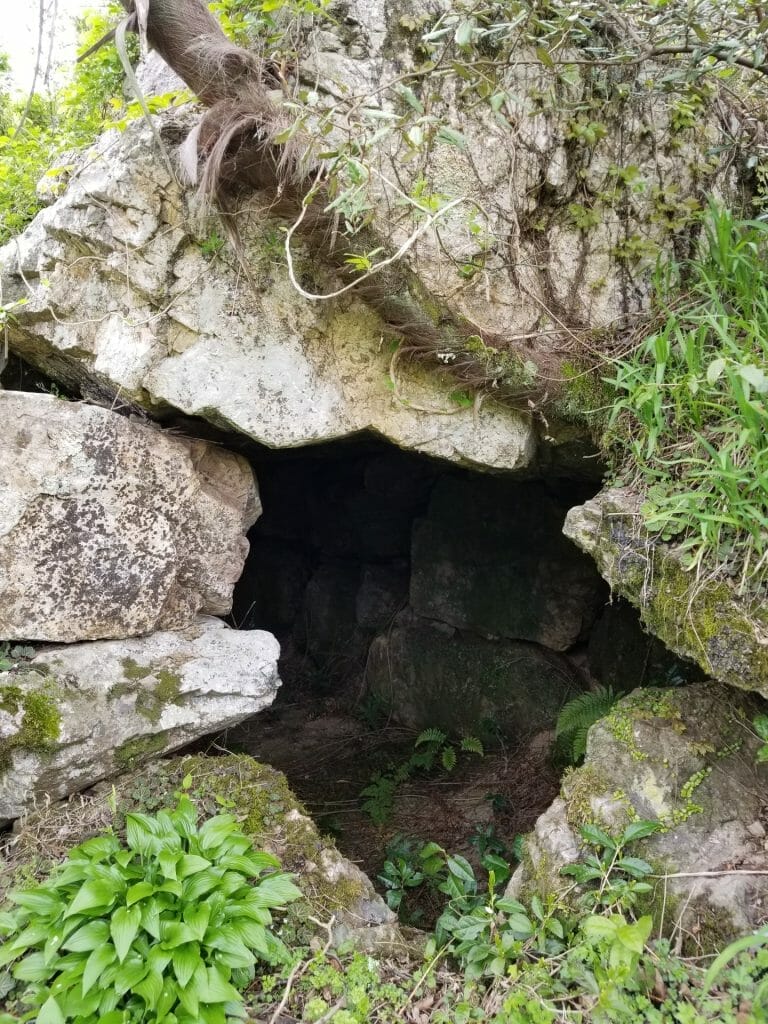
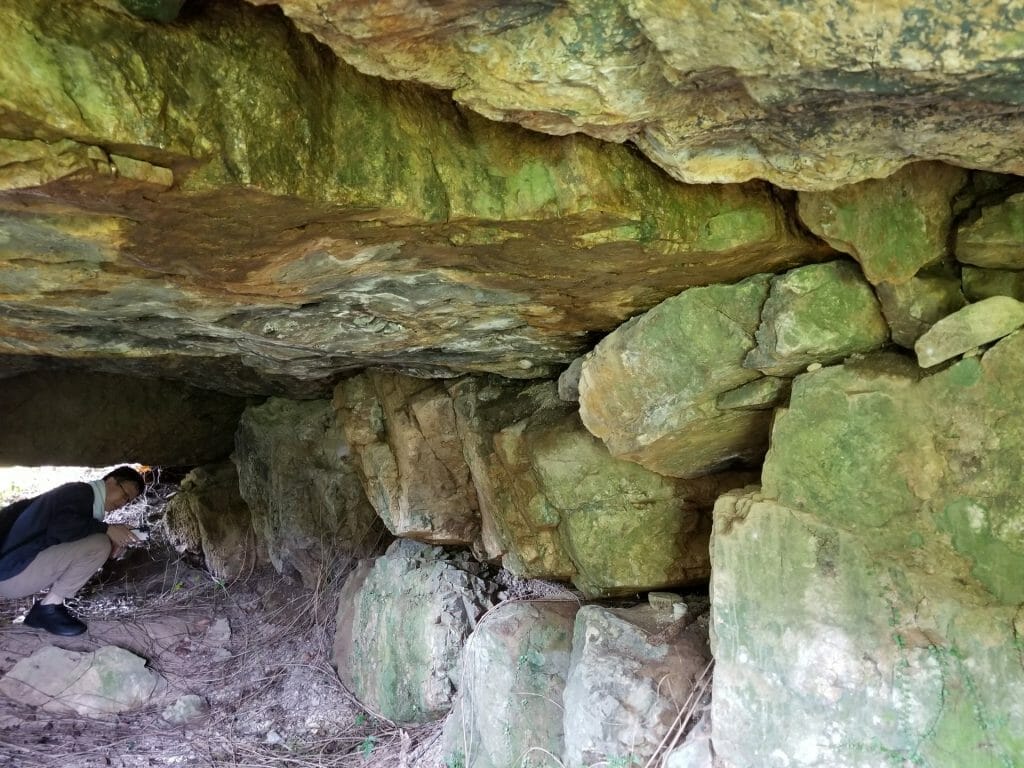
Otte Shrine and Japan’s Biggest Fir Tree
As we head in the up-stream direction along the road we come to the ‘tree’. It lives in a small temple garden along with the biggest Ginkgo trees that I’ve seen in Japan. Located on what used to be the main San-indo highway, this temple area has now become a quiet back street. That may be why I had no idea this treasure was there, until a year or two ago, when I first walked from my house to climb Mt Gold.
The tree itself is 7.8 meters in circumference, 34 meters tall, and is estimated to be around 1,000 years old.
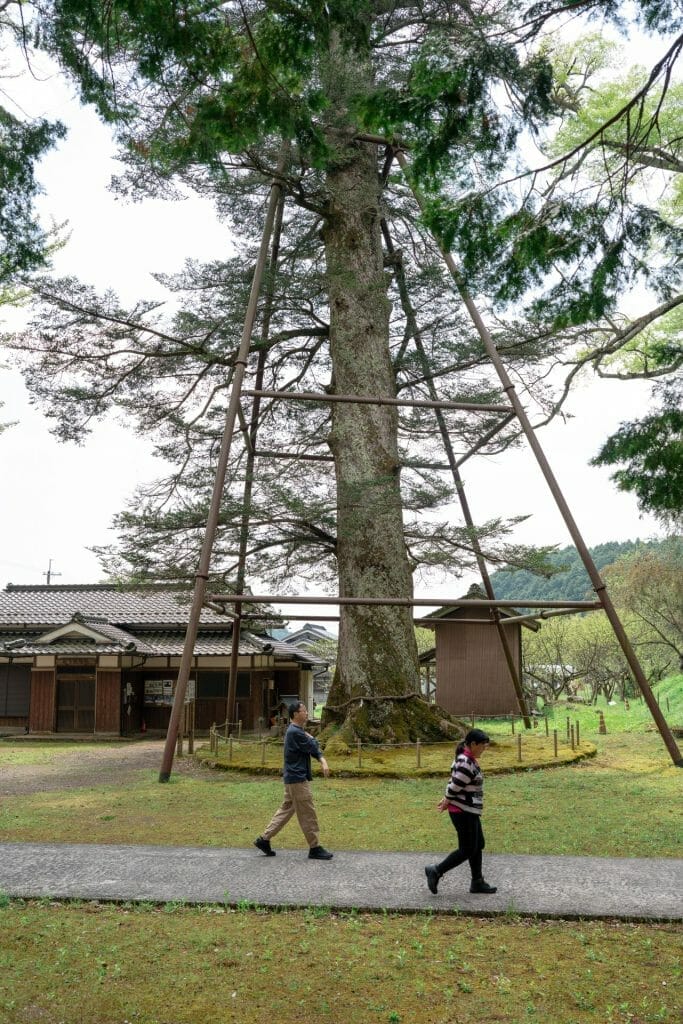
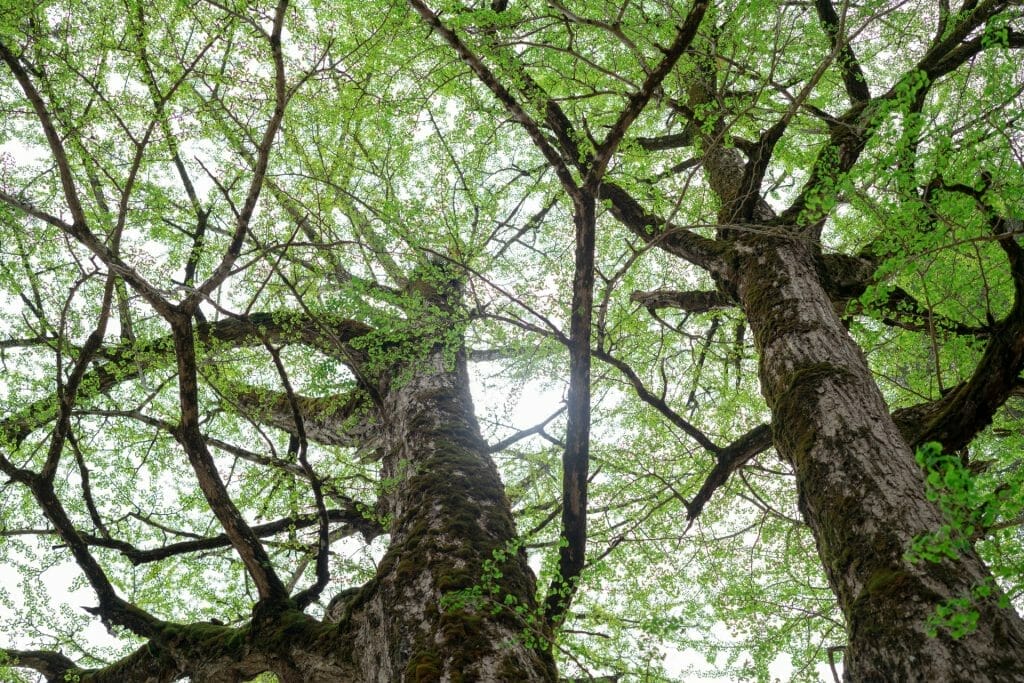
There is a legend as to why the shrine is called the ‘Otte’ Jinja. The word otte (追手) in Japanese means ‘a pursuer’.
Long, long ago, there was a deity who was hurrying while carrying a certain bell in this area. There was another deity who mistakenly thought that the bell was his, so he pursued the deity with the bell.
The sun went down, so the pursuing deity went to sleep. The following morning, he woke up to the birds chirping and realized it was too late to pursue any further. So, the deity decided to stay where he was. That is why the shrine is called Otte Jinja or the Shrine of the Pursuer.
The deity with the bell, took a break on the top of the mountain. He was happy to see the moon come up and stood up to get going. However, a nut from a nearby beech tree fell and hit his eye. It hurt so bad that he couldn’t open his eye, so he left the bell and went to the other side of the mountain. He became the deity of the bell called, ‘Kane no Miya’. For that reason, the mountain is called Kinzan, gold mountain and the mountain slope is called Kane ga saka, the slope of the bell.
It is important to understand the play on words that is used here:
The sound used for the word ‘kane’ 金, (or kin), which means gold, that same sound, is also used for the word ‘kane’ 鐘, which means bell. Hence the switching between the words gold and bell in the myth.
Every Autumn at the Oire Shrine, there is a Sanbansho, children’s Noh play performance. Performed with and without the traditional masks. The performance is to wish peace, safety and well-being for the local families.
Close to the Oire Shrine is the entry point to climb Mt Gold.
